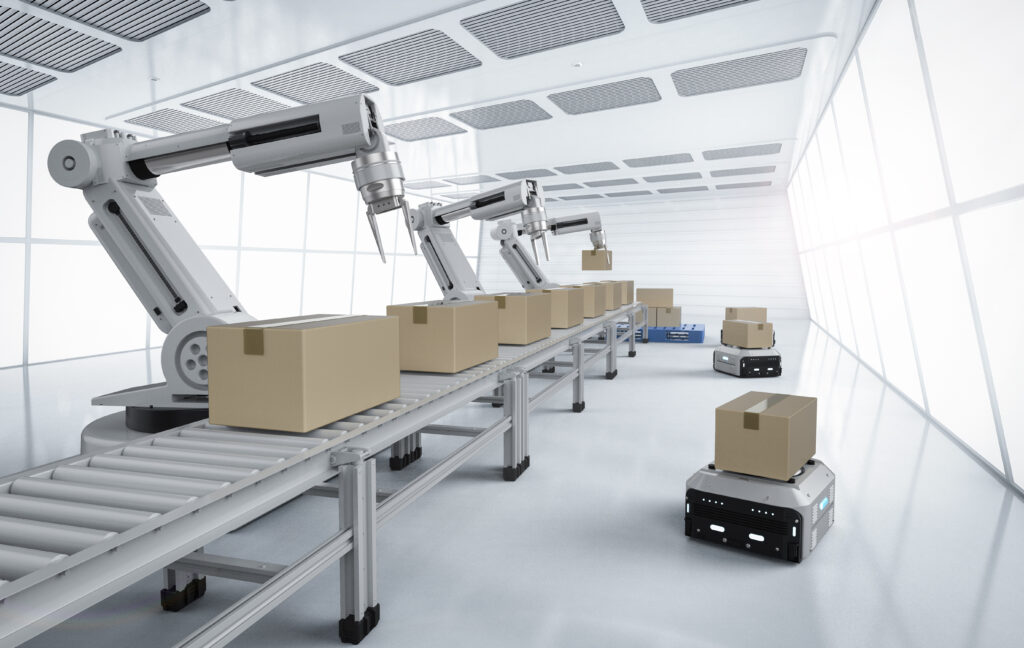When it comes to Warehouse Management Systems, customization often raises red flags, especially for those who remember the days of heavy software modifications that could turn a helpful system into a support nightmare. Blue Yonder’s WMS is one of the most trusted solutions in the industry, known for its reliability and extensive out-of-the-box features. However, as business needs evolve, so does the desire to make a few tweaks.
Many companies find themselves debating whether they should stick strictly to the standard configuration or adapt the system to their unique processes. The truth is, while customizations require careful consideration, they’re not always the monster they’re made out to be. In this blog post, we’ll walk through some common myths about customizing Blue Yonder WMS and offer a framework to help you make informed, strategic decisions.
Myth 1: Customizations are Always a Bad Idea
The belief that customizations are inherently problematic is a common misconception, often fueled by fears about system stability, upgrade compatibility, and increased maintenance costs. While it’s true that poor customizations can lead to these challenges, customizations themselves are not inherently "bad." In fact, when executed strategically and in alignment with Blue Yonder’s architectural principles, customizations can be powerful tools for enabling unique workflows, addressing specific operational needs, and delivering greater value from the WMS.
Blue Yonder's architecture is designed with customization in mind, making it possible to enhance system functionality without risking upgradeability. For instance, by isolating custom code in designated areas (such as USRINT or custom modules) and ensuring adherence to Blue Yonder’s development guidelines, businesses can safely add new capabilities that improve efficiency and user experience.
The key to modification in Blue Yonder is to adopt a “fit-for-purpose” approach. Ask whether the modification aligns with the broader business strategy, whether it could be implemented via configuration rather than code, and whether it will deliver a clear ROI. Far from being forbidden territory, well-executed modifications can ensure Blue Yonder WMS adapts to the nuances of your business while remaining robust and supportable.
Also Read: From Basics to Breakthroughs: Understanding Modern Warehouse Management
Myth 2: Customizations Make Future Upgrades Impossible
There is another belief that customizing Blue Yonder WMS locks you out of future upgrades. However, Blue Yonder’s architecture allows businesses to make modifications without compromising the upgrade path. With careful adherence to Blue Yonder's customization best practices, companies can maintain compatibility with future updates while tailoring the system to meet their unique requirements.
The key lies in distinguishing between customizations that are modular and non-invasive versus those that directly alter core components. For example, utilizing the USRINT (user interface) layer allows businesses to create customized workflows and screens that suit specific needs without impacting the main application logic. When managed well, these types of customizations can seamlessly transition with system upgrades. Additionally, Blue Yonder offers flexible, configurable options like custom workflows or plug-ins, which enhance functionality without compromising future compatibility.
Myth 3: Customizations Lead to Integration Issues
Another common misconception is that any customization in Blue Yonder WMS automatically creates integration challenges with other systems. This view, however, doesn’t account for the robust, API-driven architecture Blue Yonder WMS now offers, which significantly simplifies integration even with customized elements. While past systems often struggled with integrating customized workflows or data points, the shift to standardized APIs has mitigated much of this complexity, enabling Blue Yonder WMS to interact seamlessly with other software, even in modified setups.
For instance, Blue Yonder’s Robotics Hub exemplifies how customization can coexist with effective integration. The Hub is designed to support a variety of robotics vendors, allowing users to maintain a unified dashboard view of their automation landscape, regardless of any system tweaks or specific warehouse needs. This flexibility shows that Blue Yonder WMS is inherently capable of adapting custom functionalities while integrating smoothly with other essential platforms.
Ensuring smooth integration with customizations is all about thoughtful planning and alignment with Blue Yonder’s best practices. Leveraging APIs, conducting comprehensive testing, and involving key stakeholders in integration planning can ensure that modifications not only meet business needs but also integrate reliably. Customizations don’t have to mean isolation from other systems—instead, with Blue Yonder’s architectural flexibility, they can support seamless integration across your enterprise.
Conclusion
The bottom line is that strategic, well-executed customizations don’t have to disrupt the upgrade process. With careful planning and adherence to Blue Yonder’s customization standards, businesses can ensure that their modifications remain “upgrade-safe.” Smart IS specializes in guiding clients through these complexities, ensuring that each customization is thoughtfully integrated to support future updates.
By leveraging Smart IS’s Blue Yonder expertise, companies can keep pace with Blue Yonder’s advancements while fully capitalizing on the custom functionalities that make their WMS uniquely effective. Contact us today to learn more about our services and solutions.




